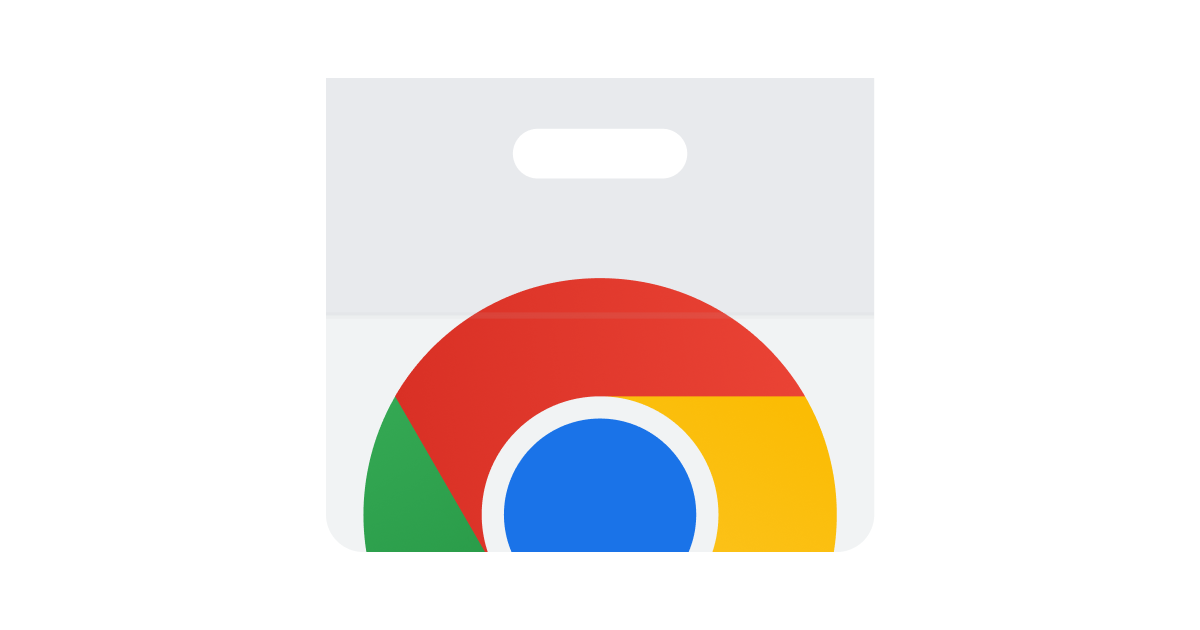Innovative UI & UX Solutions
UI stands for user interface, the bridge between humans and computers.
Any technology that can be interacted with is a part of the UI; this includes sounds, screens, functionality, and responsiveness.
There are four components to a user interface:
navigational elements,
input controls,
informational components, and
containers.
Navigational elements like back arrows, sliders, and search fields are all categorized as navigational elements.
Input controls enable users to input system information through buttons, text boxes, or checkboxes. Informational components provide useful messages or notifications to the customer. A progress bar during video playback is also an informational component.
Last but not least is containers – they organize content in manageable sections; alternatively to displaying every item on the page in plain sight using an accordion menu could be implemented to hide or show content.
When starting with UI design, the first task is to get to the basics - color, typography, layout and composition, use of images, software, and Android and iOS guidelines.
Color psychology is necessary when selecting colors that will work best together, as it plays an integral role in overall design outcomes and everyday life.
Typography encompasses the style of textual elements; various fonts are available such as serifs, sans-serifs, scripts, blackletter and all-caps for you to explore.
Layout: It is also important to be aware that layout offers structural aid for navigation purposes, so five key principles can help achieve this -
proximity,
whitespace,
alignment,
contrast and
repetition.
Image: Then you have the use of ideas which can leave imprints on your audience's mind, which should be noticed.
How to Learn
The absolute best way to learn UI design is by starting small with simple practice exercises;
exploration (thematic spec sheets),
redesigning existing visuals or case studies, delving into problem-solving through specific techniques - these are all excellent methods for improving your skillset!
Feel Good!
As no formal education exists in UI design – only personal learning and experience can help you become a good designer in this domain – so never stop exploring!
Learn Basic Software for UI Design
Not seeing anything above? Reauthenticate
